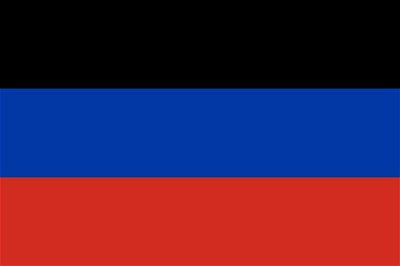Welcome! In tihs quiz, you are given ten facts from the history of five Ukrainian cities. Your job is to match them to their respective city. Enjoy!
Difficult, 10 Qns, DeepHistory,
Nov 30 25
|
|
 Very few Americans had probably heard of Bakhmut before the Russian invasion of Ukraine in 2022. It is, however, a city that has a long history.
Very few Americans had probably heard of Bakhmut before the Russian invasion of Ukraine in 2022. It is, however, a city that has a long history. |
|
|
|
 = Top 5% Rated Quiz,
= Top 5% Rated Quiz,
 Top 10% Rated Quiz,
Top 10% Rated Quiz,
 Top 20% Rated Quiz,
Top 20% Rated Quiz,
 A Well Rated Quiz
A Well Rated Quiz
· All questions, answers, and quiz content on this website is copyright FunTrivia, Inc and may not be reproduced without permission. Any images from TV shows and movies are copyright their studios, and are being used under "fair use" for commentary and education.